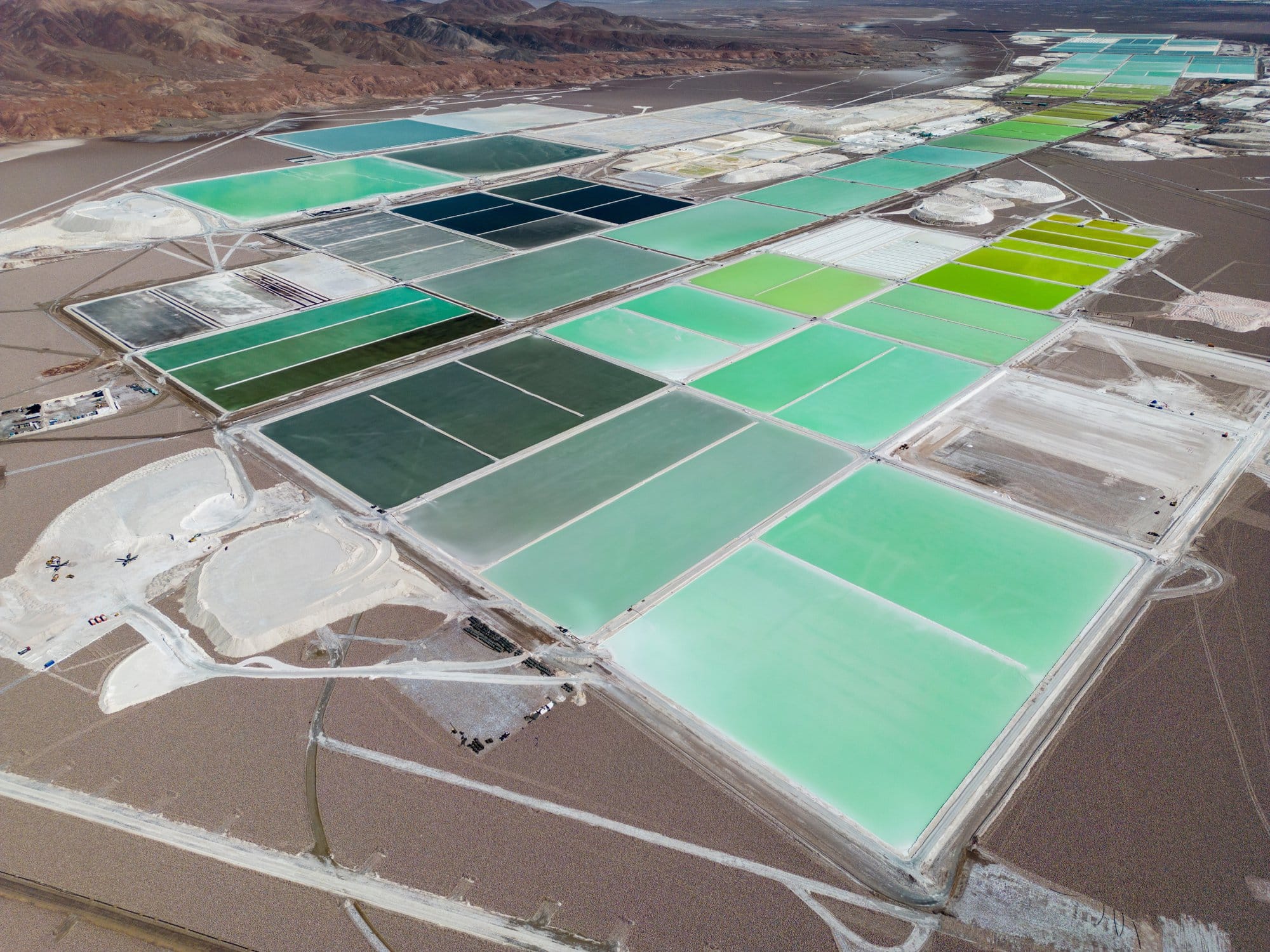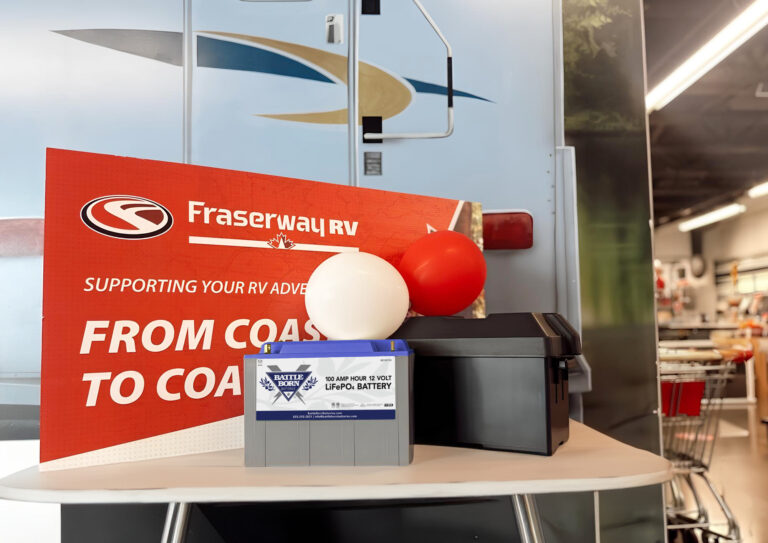Lithium is emerging as a cornerstone of modern energy solutions. Widely recognized for its pivotal role in powering rechargeable batteries, its influence extends from the smartphones in our pockets to the electric vehicles on our roads. Most significantly, lithium is crucial for renewable energy storage. That is why understanding the lithium mining process is an important step in securing a sustainable future.
As we dissect the details of lithium mining here, we’ll gain a clearer perspective on why this element is indispensable for a world leaning towards clean and efficient energy sources.

The Lithium Mining Process
Lithium is a soft, silvery-white alkali metal—the lightest of all metals, in fact. Its electrochemical potential, lightweight nature, high reactivity, and wide temperature range all render lithium particularly suitable for energy storage, making it a coveted metal in the energy industry.
Two primary sources yield lithium: spodumene ore from hard rock deposits and lithium-rich brine in salt flats. The source greatly influences how processors extract and handle this element. For example, with hard rock mining, spodumene ore is mined and then processed to extract lithium. The ore undergoes crushing, grinding, and a series of flotation processes to recover lithium concentrates. This method, while efficient in yielding high-grade lithium, is energy-intensive and has a greater environmental impact.
Meanwhile, brine extraction involves pumping underground brine to the surface in salt flats, like those in South America's so-called Lithium Triangle. The brine is then left in large evaporation ponds, allowing the lithium to concentrate over months. This process consumes less energy than hard rock mining; however, it requires a larger geographic footprint and longer production time.
As we become more and more reliant on lithium, the methods we use to extract this element become increasingly consequential. By acknowledging and addressing the environmental and economic challenges of lithium mining, we can pave the way for more sustainable practices.
Getting the Facts Straight About Lithium Mining
The lithium mining process is often surrounded by misconceptions, which can distort public understanding of its impact and importance. Let’s unpack four common myths regarding lithium mining:
1. Myth: There's Not Enough Lithium for a Global Electric Economy
Fact: Studies show that there is ample lithium to meet the demands of a global electric economy. The earth's crust contains significant amounts of lithium, enough to power billions of electric vehicles and other technologies for decades.
2. Myth: Lithium Mining is Entirely Clean and Sustainable
Fact: While lithium plays a vital role in renewable energy, its extraction isn't entirely without environmental impact. The process can have significant ecological footprints, affecting water usage and natural habitats. This only further emphasizes the need for sustainable and responsible mining practices.
3. Myth: Lithium Mining Has Minimal Environmental Consequences
Fact: Lithium mining, especially in its more traditional forms, can lead to significant environmental consequences. This includes water depletion and pollution. More research and innovation is required to create and implement more eco-friendly extraction methods.
4. Myth: The Lithium Industry is Fully Matured and Unchanging
Fact: The lithium industry is continually evolving, with new technologies and methods emerging to mitigate environmental impacts. The paradox of lithium highlights ongoing research and innovation aimed at making lithium mining more sustainable and efficient.
Unraveling these myths about lithium mining is essential for a balanced and informed view of its role in the renewable energy sector. As we progress, it’s vital to support and invest in technologies and methods that minimize the ecological impact of lithium mining. By doing so, we not only harness the full potential of lithium for renewable energy—we’ll also protect and preserve our planet for future generations.
Examining the Lithium Mining Process: A Step Towards Greener Horizons
Lithium stands as a beacon of progress in the realm of sustainable energy—but its journey from the earth to our devices is not without environmental toll. This duality underscores the importance of advancing towards more sustainable and responsible lithium mining methods. We at Dragonfly Energy are acutely aware of these challenges. This is why we advocate for and implement greener, more diversified approaches to the lithium supply chain. By embracing innovative technologies and sustainable practices, Dragonfly Energy is leading the charge in transforming how we harness and utilize this critical resource.
If you're eager to be a part of this sustainable future or wish to discover more about Dragonfly Energy's innovative contributions to renewable energy storage, reach out today. Take action and join the movement for change with Dragonfly Energy. Every contribution matters in our collective mission to redefine the energy landscape for a greener tomorrow.



